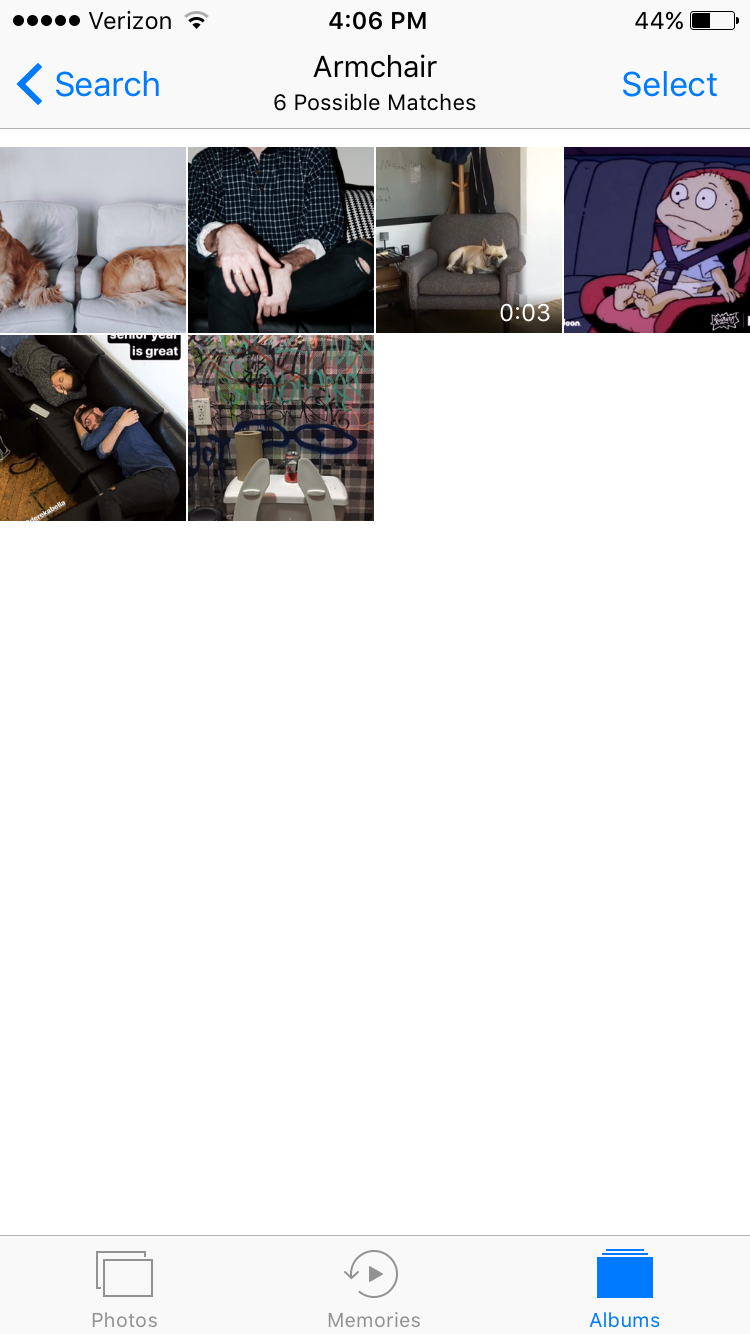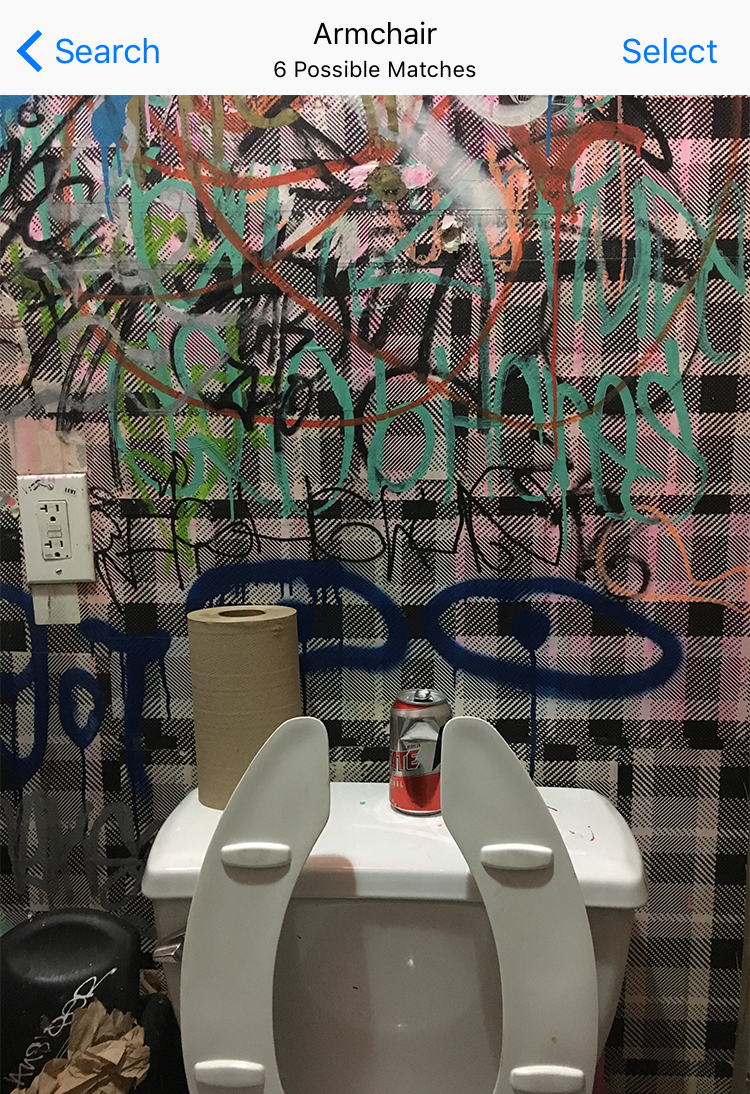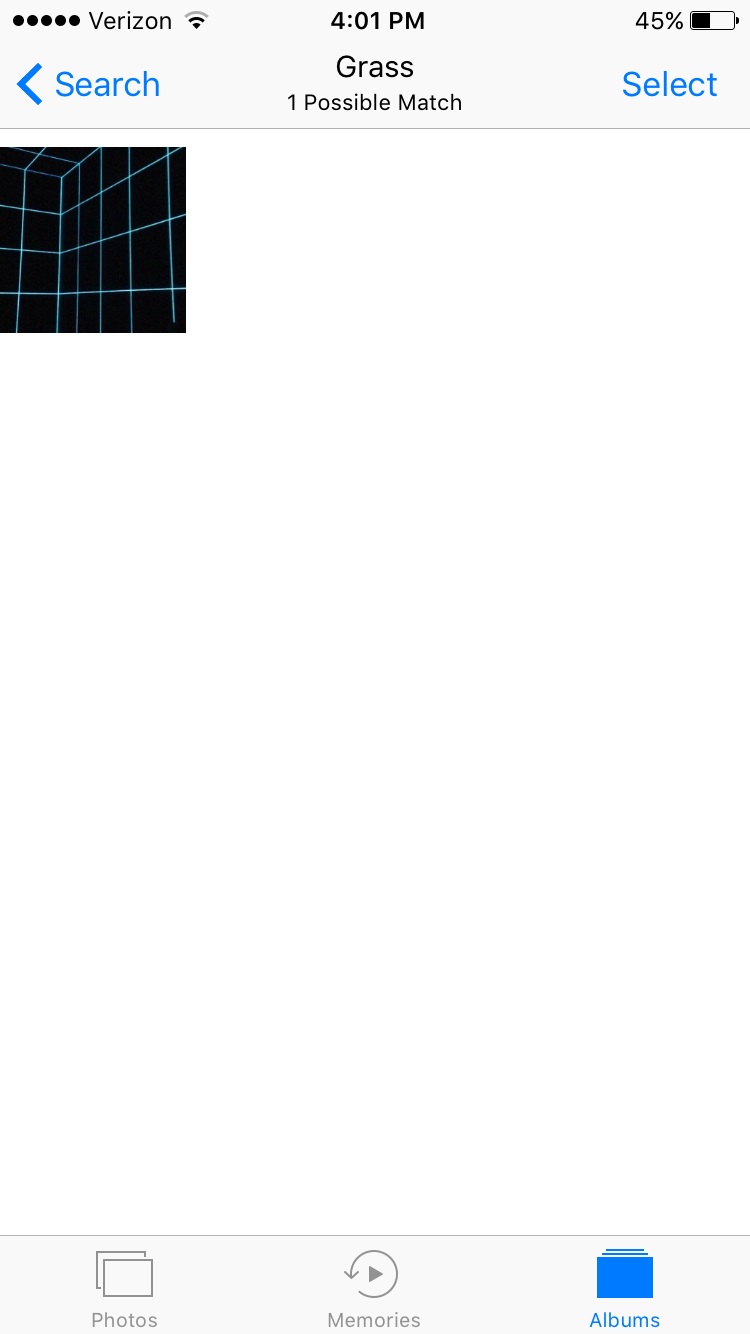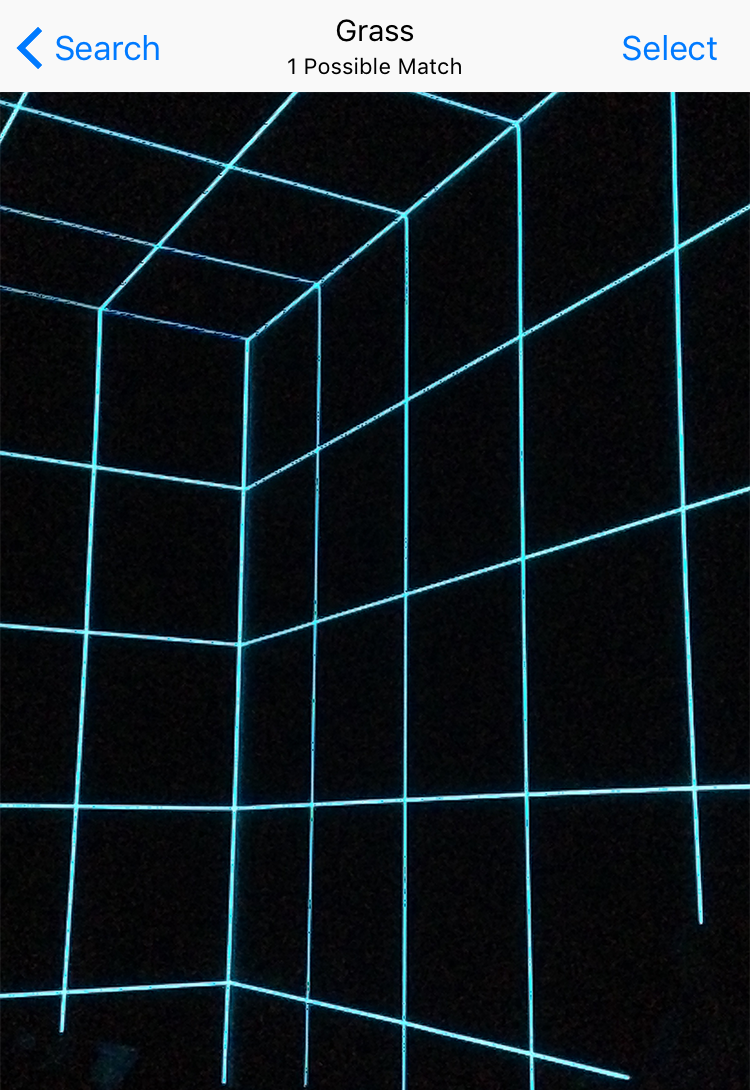A Comprehensive Guide to A Smart(er) Phone
Technology is designed by humans and therefore has certain flaws that we may (or may not) choose to ignore. How can we discover these flaws and develop our own use within their function. This project is a personal exploration and user guide discussing the ways that our phones collect our information automatically, our interaction with this technology, and how we can use these systems for an alternate purpose. This guide uses content from my own iPhone for discussion, further questioning our privacy in a rapidly developing digital environment.
Download pdf copy:
_______________
Communicating and Making Friends With Siri:
Siri is a learning software that become more comfortable with us based on our individual speech patterns and over time becomes more than just an assistant as she shares personal feelings and friendly interactions.
Using Predictive Messaging for Automated Speech:
Our phones collect data through the use of our keyboards by tracking most used words. Predictive mode begins to work as an autocorrect method the goes even further. We can create a string of words that are automatically generated by our phones to replicate ourselves. Using text suggestion you can create a completely automated message that replicates your own speech.
Alternate Usage for Thumbprint Recognition:
Touch ID on the iPhone is designed to save fingerprints. Many surfaces on our bodies have textures similar to that of a fingerprint, or at least similar enough that the iPhone will acknowledge it as such. But only surfaces with distinct patterns are successful, smoother surfaces become more and more difficult to use.
Searching Photos Using Keywords:
A recent feature of the iPhone photo library assists in the identification of people as well as objects found in
your photos. Using a process of facial recognition you can search your photos to easily find what you are looking for. Categories created by photos can be explored by searching with the use of a word or phrase.
your photos. Using a process of facial recognition you can search your photos to easily find what you are looking for. Categories created by photos can be explored by searching with the use of a word or phrase.







